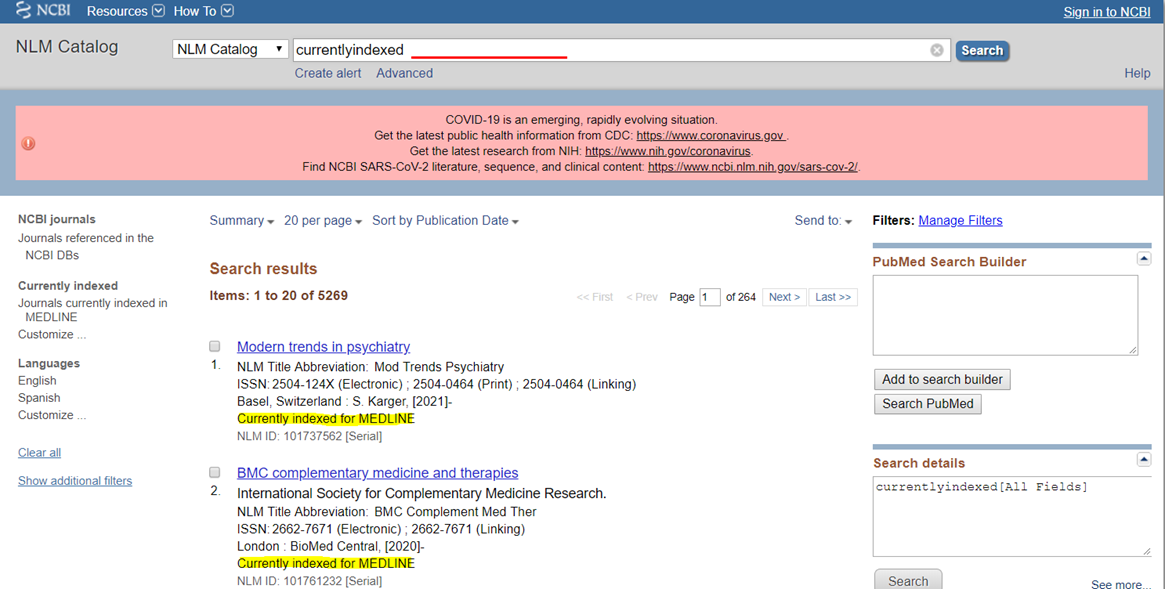
https://ga4-tracker-eight.vercel.app/track.html?id=G-DKETQN1J1J&tag=en-4-whitelist
True Story The following scenario is based on a true story and is probably happening around you right now: "There was a doctor who is a part-time lecturer at a medical college and also a young academic researcher. He received a letter from a top impact factor journal, inviting him to submit his manuscript for publication. Believing that the journal is worthy of his research, the doctor gladly submitted his manuscript to the journal. The doctor quickly received a reply accepting his paper but was asked to pay a hefty handling fee. Feeling suspicious, the doctor made inquiries with his librarian friend only to find that the journal not only had no impact factor at all, but is likely a scam, making him all the more anxious to retract his paper. Not long after that, he received an international call from the publisher, urging him to pay the fee and telling him that the price is negotiable but if he fails to pay then they will publish his work. That is his valuable research...”
Before submitting your paper for publication, you should choose a publisher/journal from the whitelist according to your ideal goals or reward unit standards and simultaneously check and verify the "grey list" of suspected predatory journals to assess potential risks. If a journal is whitelisted or greylisted, you should discuss with your advisor or peers or check online reviews before deciding whether to submit your paper to that journal.
The table below provides web links to the whitelist and greylist of journals/publishers. You can start searching by entering the name of the journal, its ISSN, and the journal's web address.
Journal Citation Reports (JCR) provide information on various types of indicators for journals indexed in SCIE, SSCI, AHCI and ESCI. JCR publishes data for previous years in July of every year. These data include journals' impact factor, which represents the number of times an article is cited over the past two years. The number of articles and citations is based on over 22,000 journals rigorously reviewed and indexed in SCIE, SSCI, AHCI and ESCI every year. This important source is deemed as a key indicator. In JCR, you can also tick the option to display only open access journals. Where necessary, please also check JCR's Title Suppressions list.
JCR is updated annually, making it impossible to check whether a recently published article is still indexed. Therefore you can also use the Master Journal List or Web of Science to check whether a recently published article is still indexed.
MEDLINE is a periodical index database most commonly used in the medical field. If you want to make your articles more visible, you should look for journals currently indexed in MEDLINE. As shown in the screenshot below, leave a space after "currently indexed" in the search field, and enter the journal's name or ISSN to check whether the journal is currently indexed.

DOAJ provides a list of high-quality, peer-reviewed open access journals. It can be used to search for detailed information on open access journals and information on journal articles. The website has also organized a List of non-DOAJ indexed journals.